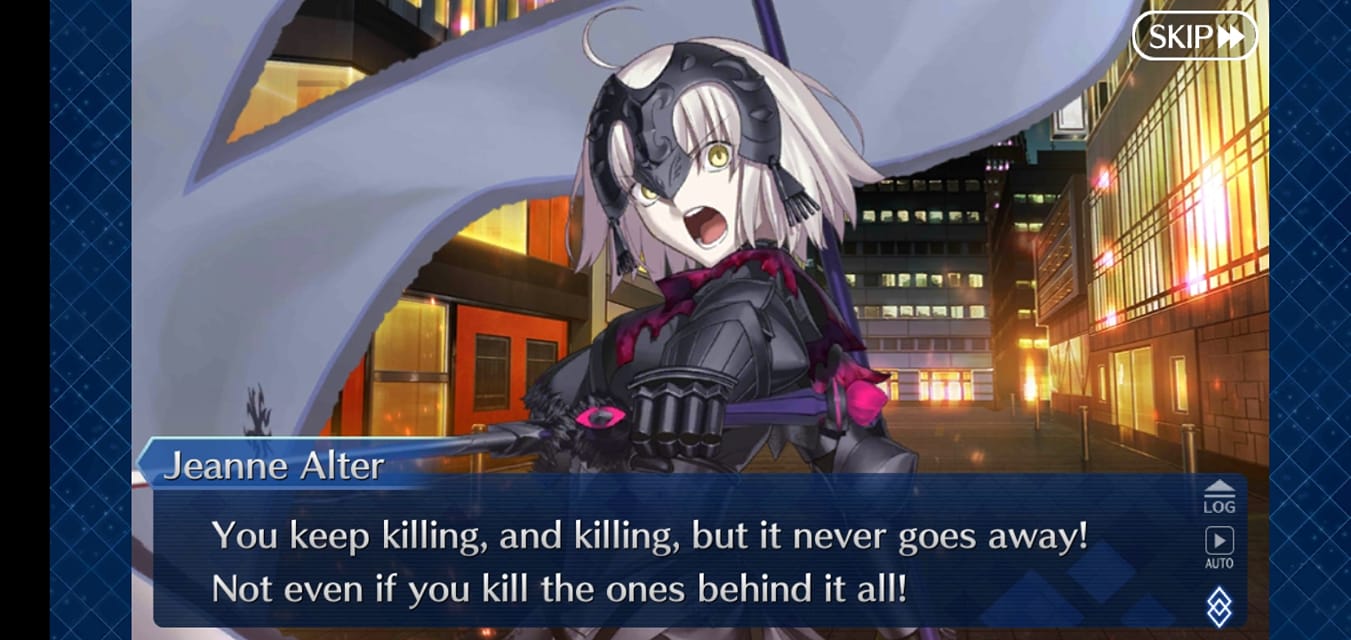Gacha Mechanics – An Anatomy Of Visual Novels
This is a condensed version of the full article which can be found on my Main Blog Here.
What Is In The Box?
One of the latest and perhaps most contentious recent development in the sphere of visual novels is the rise of gatcha mechanics as one of the prominent elements in the design space. Leaning heavily into the mobile market, they involve spending currency for acquisition of a selection of random characters and items from a set pool with rarities attached to them. For such a seemingly simple mechanic it warps everything around it to help it function properly and this is doubly true for its inflence on visual novels since they both share a focus on characters. The gacha demand a continual stream of content and a story without an end with a desirable cast and it does not care about the form all of that takes so long as it feeds the player back towards the gatcha. This might sound like a wholly negative influence but it does allow for the flexibility and inventiveness of visual novels to come to the forefront. The success of gacha from a monetary perspective means it is likely here to stay and, while a discussion of the moral and financial impact is beyond the scope of this article, it is something you should hold at the back of your mind because as they say, money speaks. Let’s be mesmerised by the pretty lights and see what gacha brings to the table.
The Never Ending Story
In order to continue to keep player interested gacha mechanics must have a constant stream of new characters to tempt the player into trying to acquire them. As a character without some sort of complimentary narrative holds little appeal on anything other than an aesthetic level, the demand falls on the visual novel to provide stories for all these new characters. The result is a kind of never ending narrative constructed of smaller sections focused around the current gacha characters before they are put aside for the next batch. This is not to say that there is no overarching story or constant characters, in fact many such games rely on the intrigue of their plots and likeability of the central cast to keep players hooked from one section to another and not just drift away once they have the character they wanted. Instead there is a form of plot stretching that occurs where narrative elements are drawn out for as long as possible and this is often accompanied by the introduction to more villains after the previous lot have been defeated or moving on to a new land in pursuit of some related threat. These choices are a means of reducing the workload, which would be immense undertaking due to the constant need for new ideas, through the use of a manageable framework of concepts established early on and adhered to so there is a clear direction.

From looking at Fate Grand Order we can see the method and implementation of these ideas. It broadly has two super-sections in the form of the original story arc and the Lost Belts which each follow their own overarching repeated plot structures and this enables new parts to be produced quickly. Variety is still present within their sub-sections as they are given licence to alter the formula to meet their needs, so they feel familiar but not to the point of openly breaking the believability of events. The problematic impacts of this repetition are easily visible in the original story arc where it is clear the developers had no idea how to properly work around the shortcomings of the gacha's demands and the result is each sub-section’s content being thinly spread out and an uneven character representation. With more experience this would be resolved by the time of the Lost Belts, but even there you can still sometimes feel the stretch this form of narrative design demands. While repeated structures are not unique to gacha style games, they do rely on it in a manner that few other mechanical elements demand.
Desirability At The Cost Of Humanity
For a player to want to acquire a character from the gacha mechanics they must find them desirable both in terms of aesthetics and, often more importantly, the likeability of their personality. This leads to a unique design problem for visual novels where any character who will be part of the gacha cannot have any of the more meaningful negative aspects of humanity, such as avarice or cowardice, and if they do it is a toned down version which is treated as little more than a cute trait. Couple these issues with the fact that villains can also be part of the gacha and there are few spaces where the other side of human nature can be explored. On the flip-side, having the heroes and villains closer leads to a more even feeling narrative with there being no simple ‘bad guy’ and instead just two sides who want what is best but have different ways to achieve this end. However, even can also be one note and since all these characters lean towards certain traits there is a monotony to their predictable actions and they lack any real sense that they are living people like the player.

Flexibility Beyond The Original Scope
The ever present demand for more visual novel content to support the gacha mechanics has the interesting side effect of allowing for a variety of tones and subject matters that would seem out of place in a normal visual novel. These generally takes the form of events or side chapters that have only a tangential relationship with the main narrative and include things such a seasonal episodes or stories focused around side characters and world building which would otherwise not be covered. They exist to fill the gaps in between the major content releases and their nature as extras changes the player’s expectations towards them and results in the players accepting them as they are rather than expecting them add to the greater whole. From this freedom is born a flexibility not present in non gacha games to the same extent or with the willingness to step outside the original scope of the game and push the overall narrative into new and exiting places.

Perhaps the most interesting example of what can be achieved with this extra content is Arknights. It has the suite of seasonal events that have become standard in the gacha sphere with the usual parade of swimsuits when summer comes around and these basic type of events serve their purpose as pallet cleansers. However, what is more interesting is the way Arknights utilises its events to expand the boarders of its world as it brings in everything from lovecraftian ideas to 20th century space sci-fi elements in order to complement the strong core narrative. It is one of the games most willing to push the envelope on what kind of interesting genres it can bring into itself in order to further the world building and it has made it one its selling points. Without the space and freedom provided by the gacha mechanics' constant demands for content these elements would not have been possible since they rely on the nature of the game’s content delivery schedule to be accepted by players.
Limitations Are Where Visual Novels Are Most At Home
Many games that use gacha mechanics exist within the mobile phone space and their pairing with visual novels often comes down to a need to account for the lower power of many of these machines. Above all else visual novels are excellent at making a lot out of a little and creating a compelling story from what might seem on the surface seen like a limited tool set. They are also better suited to the pick up and play style of game that is expected in the mobile sphere due to their ability to quickly load, present their narrative and finish just as quickly while also allowing for a longer form where needed. The narrative of many games with gacha mechanics tends towards a node based structure with an equal mix of visual novel and gameplay and they are often disguised as points on a map or some other in universe concept. This presentation helps set up what the player should expect from the length of each section and gives the visual novel element a known limitation to work with to ensure it adheres to the required length. As phones become more powerful there will be a move away from using visual novels as the means to telling a story and onto more traditionally ‘cinematic’ or rpg styles of presentation. The first steps in this process can be seen in games like Genshin Impact which lean heavily into other game styles for their narrative, but even then there are trace elements of the influence of visual novels to be found in the way the hangout events are constructed. Then there is the matter of screen size and how a visual novel can be a clearer method of presentation, with its simpler shapes, lack of unnecessary movement and dialogue focus, than other styles which would lack clarity as they are compressed into a smaller space and are more indistinct as a result.

Conclusion
Gacha mechanics have had a fascinating influence on the uses and forms of the visual novel. Their demand for a never ending story to feed the new character treadmill causes a strange mixture of short term character focus and repetitive long term narratives that create and distinct contrast with one another. Alongside this is the need for all the gacha characters to be desirable and avoid the darker elements of humanity which has the effect of making the heroes and villains relatable, but also lacking in the flaws we all have, resulting in a somewhat tragic villain leaning method of storytelling. However, the flexibility offered through the demand for content not caring about the nature of this content allows for a wider field of narrative genres to be explored to enrich what is lost through the other limitations. The very choice to use visual novels at all with gacha mechanics is a result of hardware and screen size limitations that make it an excellent fit from the technology. While introducing a gacha into your own game might be too much of a herculean task for most developers, it is nonetheless interesting to see how adaptive and innovative visual novels can be when put under pressure.



0 Comments
Recommended Comments
There are no comments to display.